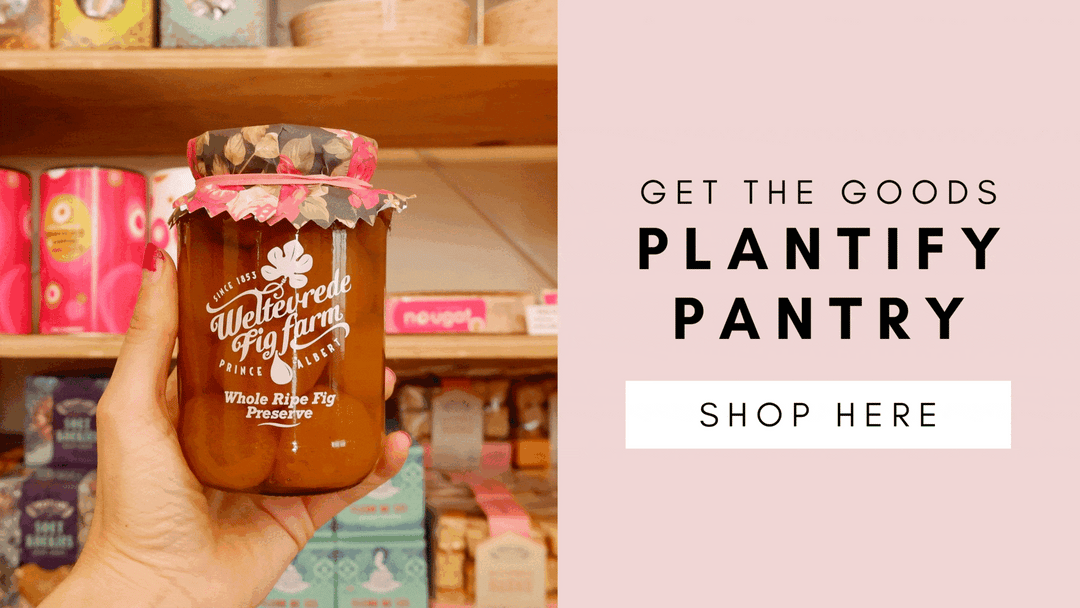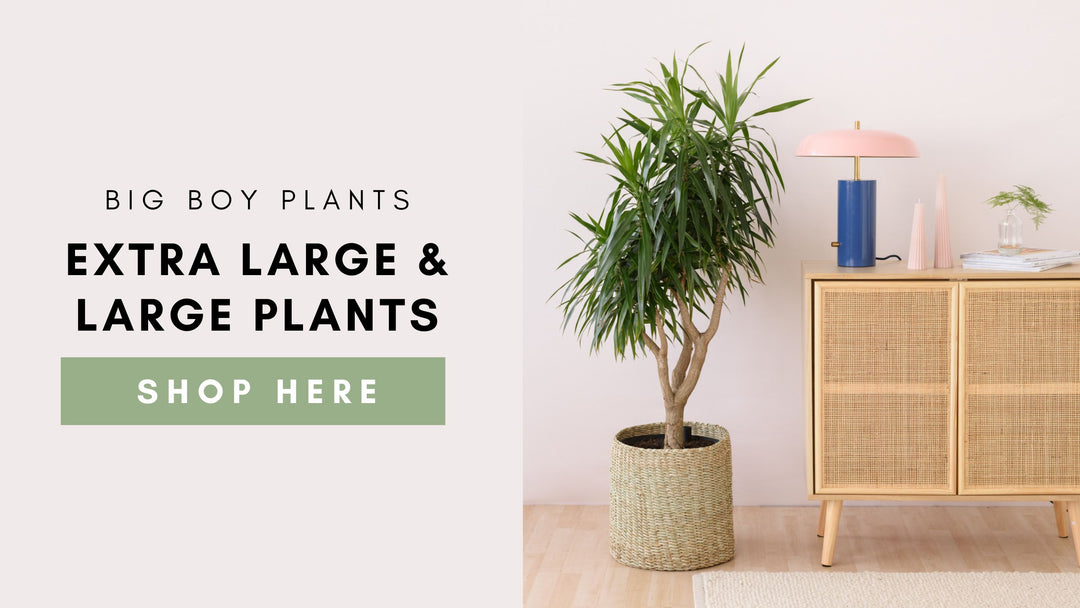Wild Banana Care Instructions
Wild Banana
Scientific name: Strelitzia NicolaiSynonym: White Bird of Paradise, Wild Banana
The Strelitzia, or more commonly, the Wild Banana or Bird of Paradise is a popular house plant from South Africa. It is easy to care for and its stately presence and striking flowers make it a popular choice for those wanting a statement plant. The Strelitzia Nicolai grows quite large and as it can’t be easily pruned without killing it, you should be prepared to accommodate its large size.
The Strelizia Nicolai has large shiny leaves, striking white flowers that look like a head of crane, and a black ‘beak’. It is much harder to get the Strelitzia Nicolai to flower indoors, but with patience and time, they will bloom.
The leaves are evergreen and emerge one at a time, in a fan shaped crown, while the flowers bloom in spring and summer. Each flower lasts about a week, but each spathe will produce several flowers in succession.
The Strelitzia is mildly toxic for pets and people but would have to be consumed in fairly large amounts to affect the person or animal.
Common Symptoms
- Curling leaves are normally only seen on young plants. Young plants may struggle with bright light and sun exposure in their early years. Move the plant to a slightly darker area in the house until it is older.
- Leaves look ugly and ragged as the Strelitzia gets taller it is normal for the bottom leaves to turn brown, look ragged or even turn yellow. As the leaves take a long time to fall off on their own you will have to pull or cut them off to keep the plant looking good. If the upper leaves look in in poor condition then the plant is either being over or under-watered. Assess and adjust your watering routine accordingly. Other causes include placing in an extremely windy position or high traffic areas where the leaves can split and tear easily.
- No flowers - If your plant is not producing flowers see that the plant checks the following criteria; Maturity – the plant needs to be at least 4-5 years old before it is capable of producing flowers; Pot-bound – the plant’s root growth must be kept restricted. This is done by not repotting the plant into larger containers when the plant approaches its 5th year; Light – it needs a sun and brightly lit spot in the house; Feeding – if you are not already feeding the plant , follow the feeding advice found in the care instructions section. With patience and care, your Bird of Paradise will flower and you will be rewarded with seed pods that can be potted to grow more Strelitzias.
- No growth or very slow growth – Strelitzias tend not to grow in winter, in darker areas of the house or right after re-potting. If none of these factors can be applied to your plant, make sure that your plant is getting adequate water and check the size of the pot. Although you need to keep the plant pot-bound in order for it to flower the plant still needs a reasonably sized pot to let it reach flowering size.
-
Few leaves, long stalks (looking leggy) – if the plant sits in a dark area, with not enough light, it will produce leaves which sit on long petioles (stem-like part) in a more dispersed, wider position. It does this to increase the leaf surface area exposed to light. The easy solution to this is to move the plant somewhere it can get more light exposure. If the plant is receiving a lot of light it will produce many leaves that sit close together, resulting in a ‘full’ looking plant.
Care Instructions
- Origin: South Africa
- Height: average indoor height 2m can reach 16m outdoors.
- Light: Bright light with some direct sunlight each day. If the Strelitzia doesn’t get enough sunlight, it will not bloom. Be careful of immature plants getting too much sunlight as the leaves may burn.
- Water: During the summer months the Strelitzia will need regular watering to keep the soil moist. During winter and autumn, water less allowing the soil to almost dry out before the next water. The Strelitzia cannot handle its roots resting in extremely wet soil so do not overwater and make sure that the plant does not sit in any water that may have been collecting in the drip tray.
- Humidity: Average humidity. If, during the winter months, the air is drier due to artificial heating you can mist the leaves of the plant.
- Temperature: Moderate temperatures all year round of 21-32 °C. They can tolerate temperatures as low as 13°C.
- Soil: Any good potting soil mix will work for the Strelitzia.
- Repotting: In the plant’s early years it is fine to repot each spring. However, if you want flowers or are trying to restrict growth, then keep your plant pot-bound.
- Fertilizer: Feed fast growing plants every month, and slow growing plants every two months, with a balanced liquid fertilizer. During the 3-4 months of winter it is not necessary to fertilize the plant.
- Propagation: Seeds or division. Only divide a mature plant when it is absolutely necessary (i.e. when it is bursting out of its pot). Division of the Strelitzia should take place in spring. Take note that the divided parent plant may not bloom again for at least a year. New plants grown from seeds will take up to three years to start blooming.
If in stock, shop for Wild Banana here.



